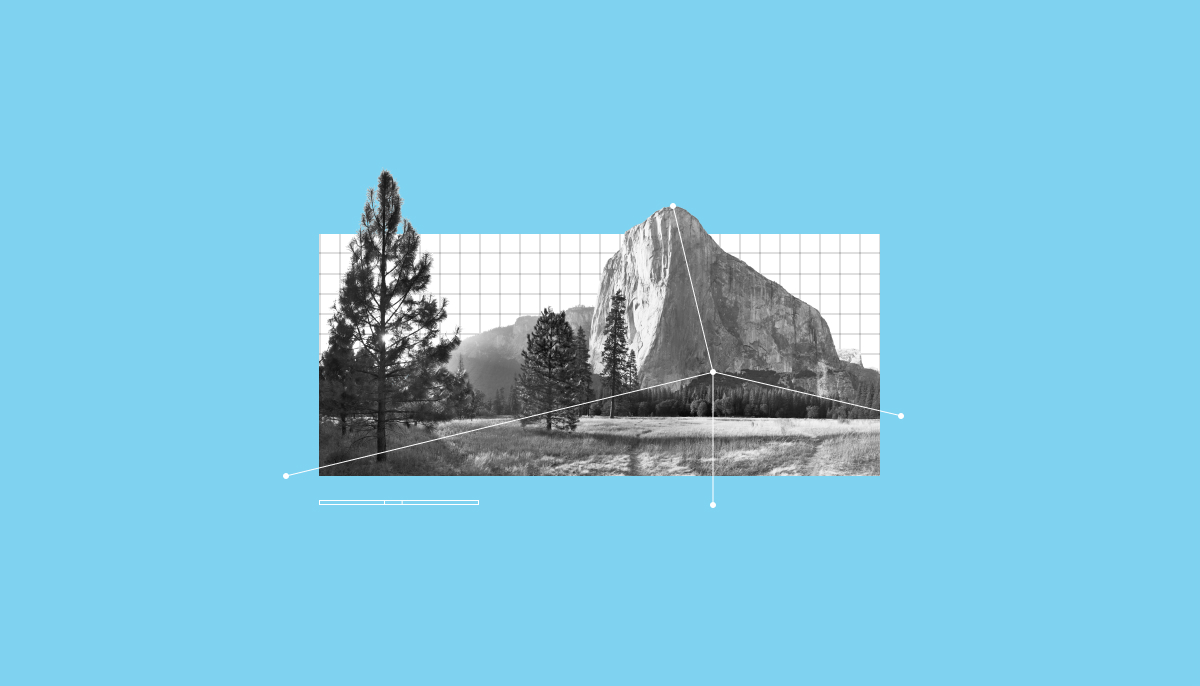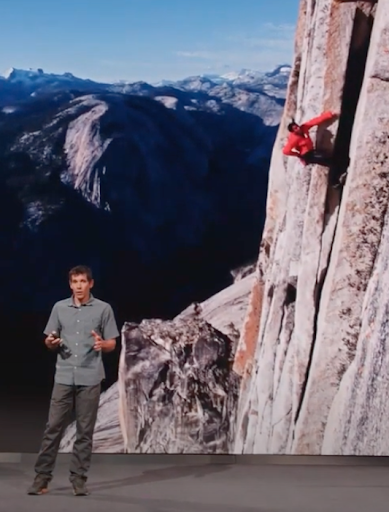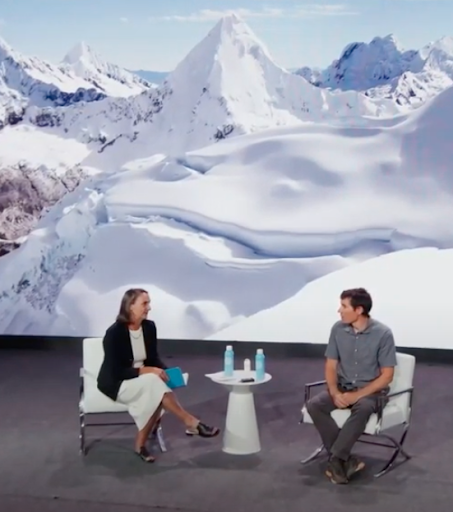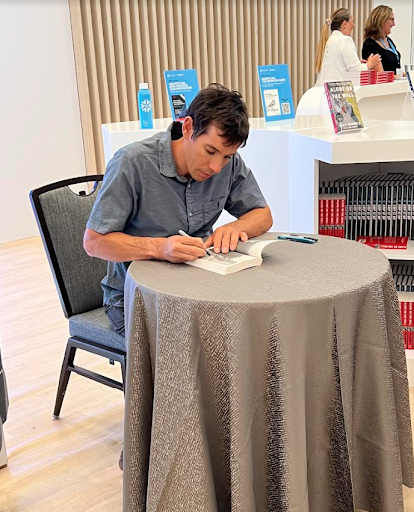
It might seem ironic, and admittedly it did to me, that the motivational speaker at the Snowflake Summit was Alex Honnold, known in the climbing world and beyond for his free solos. Alex is best known for his 2018 movie Free Solo, and the book it was based on, Alone on the Wall. So, why did an event themed “The World of Data Collaboration” and a keynote entitled Going Further Together with Data Collaboration feature a free solo climber? I was eager to find out.

As a long-time resident of an alpine climbing destination, I was certainly familiar with Alex Honnold. I was thrilled to be asked to interview him, so I prepared diligently. I had to laugh at the result of one of my Google searches. Climbing magazine had just published a list of 32 questions climbers get asked, and the #1 question was “Have you seen Free Solo?” I decided not to start with that one.
Instead we started with collaboration. And, as it turns out, a free solo might be solo for the grand finale but the prep work is all about collaboration. As Alex puts it, “Within the climbing world none of this happens in isolation.” There is a large climbing community, and climbers are inspired by what others are doing. There are other climbers who help work on these kinds of projects. So while his ascent of El Capitan, the 3,200-foot high granite wall in Yosemite, was ultimately only four hours long, Alex spent years preparing for it by climbing and training with others. In fact, he remembers more of the time working with partners than he does the actual climb.
And, that preparation was long and often intense. Alex studied what others had done, and then set out to perfect his own plans. That included visualizing sequences of where to place his hands and feet, and how to shift his weight to reach specific holds. Then he needed to practice and memorize those moves, and the feelings that went along with them. How would the rock feel? How would his body feel? How could he keep calm? A big part of visualization was to sit and imagine.
Even though what Alex does is so out of the ordinary, how he described this process struck me as something very common. The notion of preparing for an undertaking, of gathering inputs, sorting through possible approaches, and just sitting and imagining is something many of us do when we write or code or create.

I asked him if he thought of himself as a creator. And, while he told me that he doesn’t think of himself as an artist or a creator, he does think that creativity is one of the underappreciated aspects of being a professional climber. To be a professional climber, you have to think up things that have never been done. Think of new ways to do things. Imagine challenges within climbing. See problems in a new way and apply new techniques to them. So, no, he can’t draw or write poetry, which is what he thinks of as creative endeavors. But we can all appreciate the creativity in what he does.
And finally, the purpose: Last winter Alex participated in a scientific expedition to South America to climb Tepui, some “really cool walls” in Venezuela. Alex saw this as a remarkable opportunity to apply his climbing skills to something useful. To him, being a climber rarely feels useful in this way. But in this case, Alex and the other climbers could help get a legendary scientist, Bruce Means, to a place he couldn’t otherwise study, and help him get the project funded. A National Geographic production of the expedition, Explorers: The Last Tepui, aired on Earth Day earlier this year. As Alex observed, in the world we live in, adventure and outdoor exploration can get funding more easily than some basic scientific endeavors. Dramatic TV equals funding; basic science in remote areas is harder. And, through this “elevational transect,” the climbing team helped get Dr. Means to new elevations, which led to the discovery of six new frog species, a lizard, and maybe a snake. This summer Alex participated in another scientific expedition in Greenland, accompanying another scientist across the glaciers and up some cliffs. Stay tuned for the upcoming National Geographic special.
In our discussion, Alex also shared a little about the Honnold Foundation, which he set up in 2012 to give back to many of the communities he has come across when climbing in remote areas. Now it focuses primarily on community solar projects, and has grown beyond him and the organization to become, as he put it, more “adult.”

One of the most inspirational things about Alex is how he balances his passion and his profession. On the one hand, he said, the more professional you become as a climber, the less you actually climb. His time is often filled with speaking engagements, sponsor obligations, and events. But he loves it. He still climbs as much as he possibly can. But he also loves taking selfies and signing books—and that’s a good thing because he spent hours signing copies of Free Solo in the Snowstore at the Snowflake Summit.
In addition to my selfie and signed book, I also took away from the interview a new appreciation for the parallel between how to prepare for the high-pressure and uncertain outcomes of climbing, and the work that many of us do in our daily lives.
What is your El Capitan?


